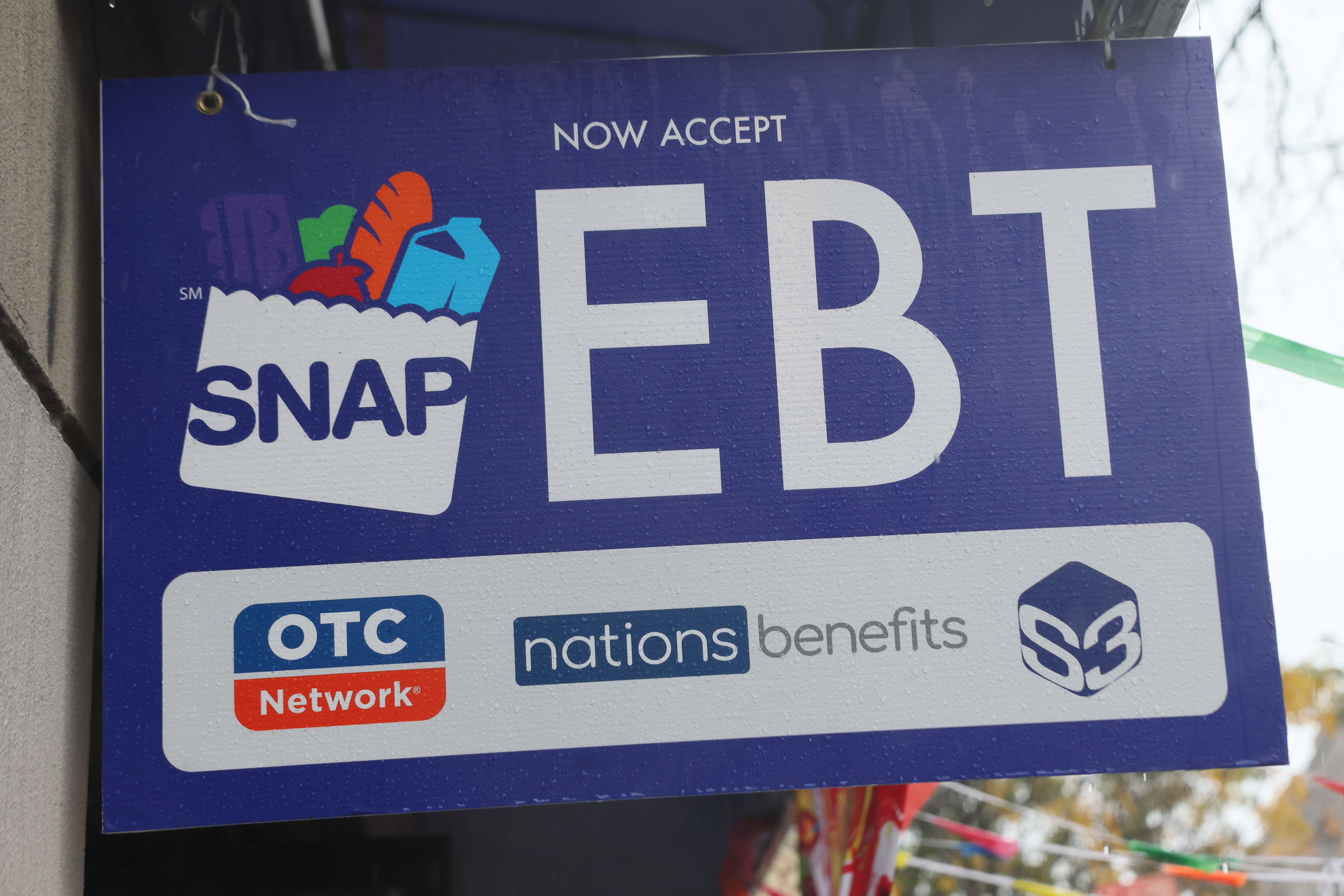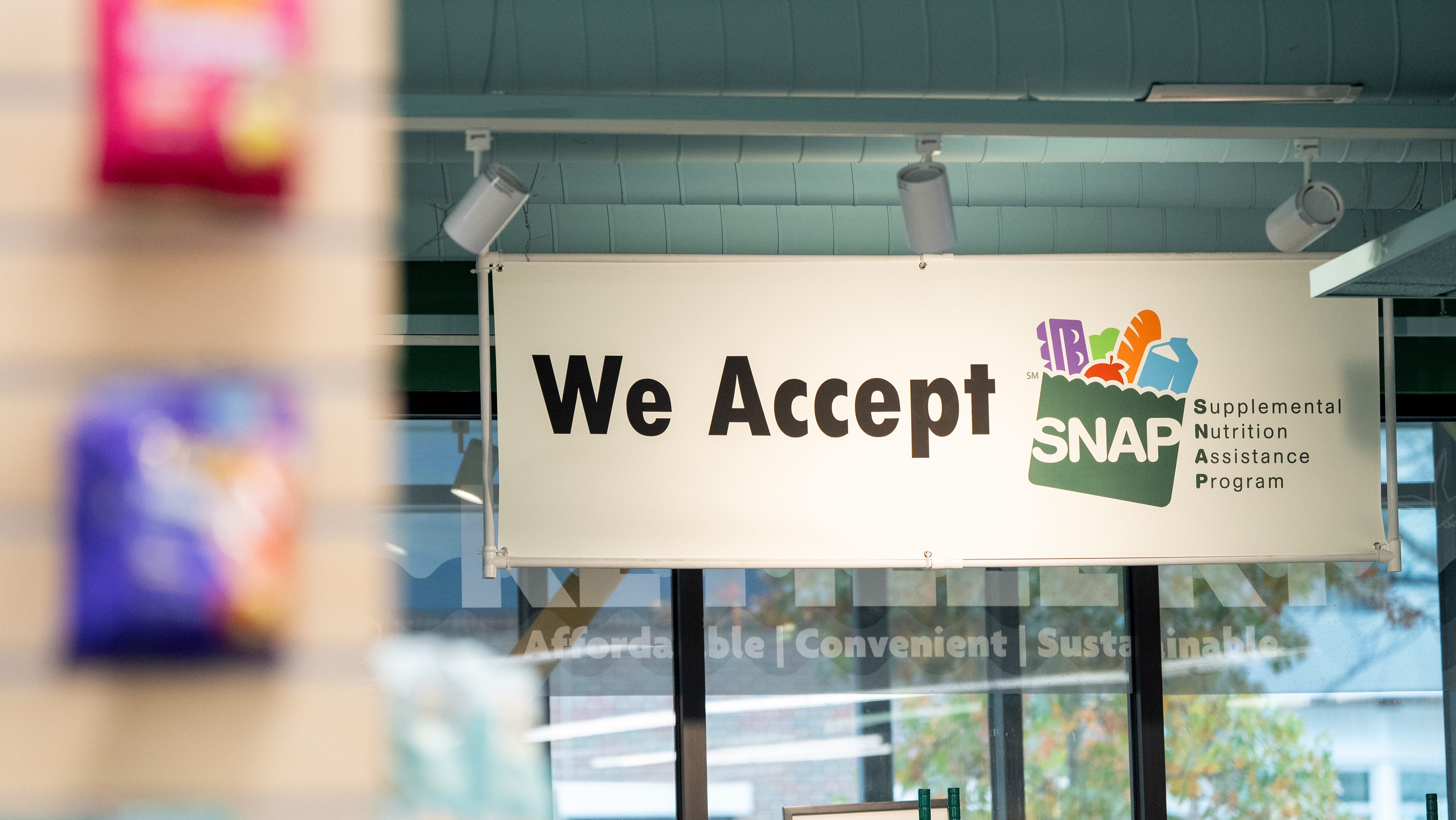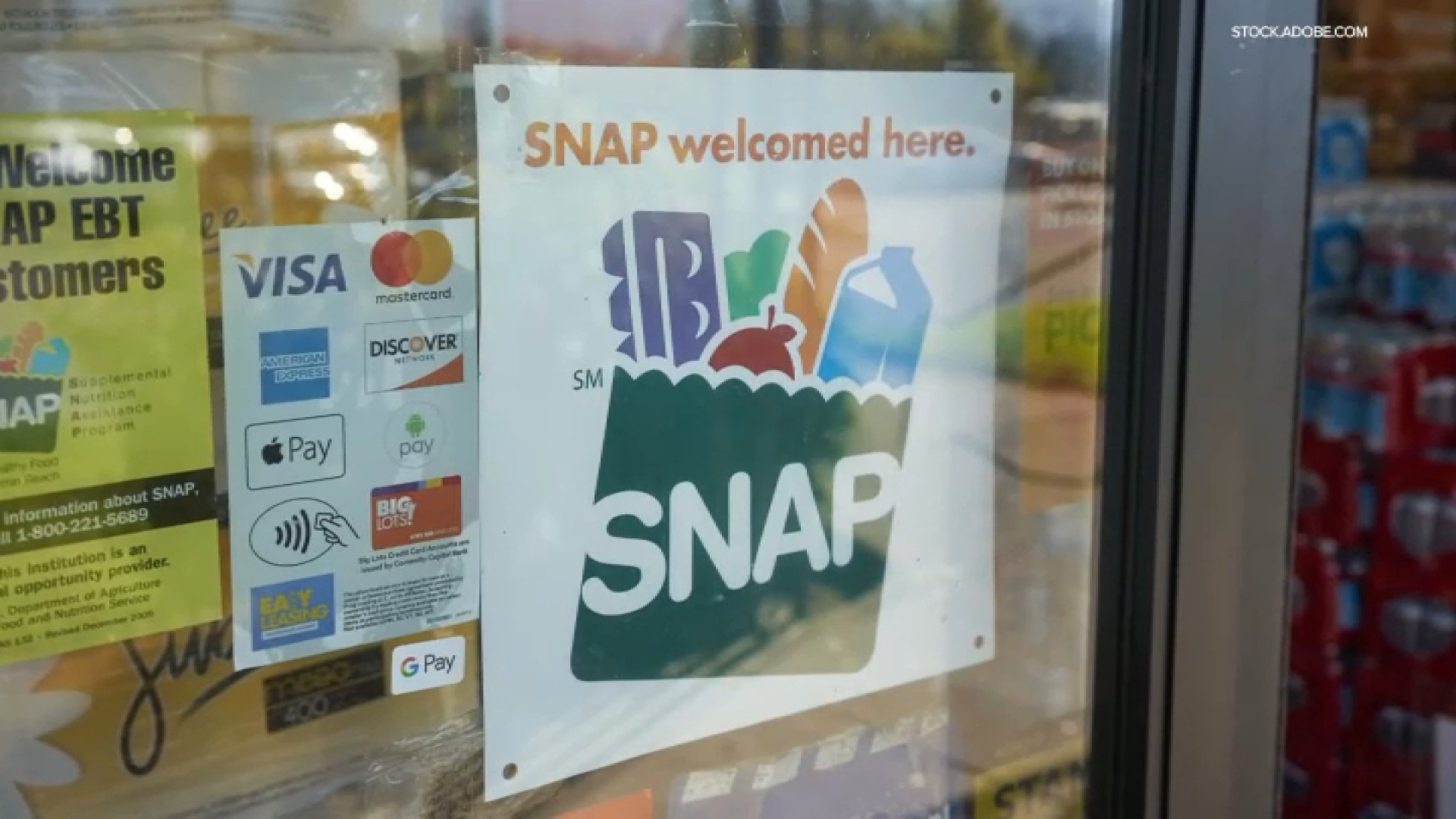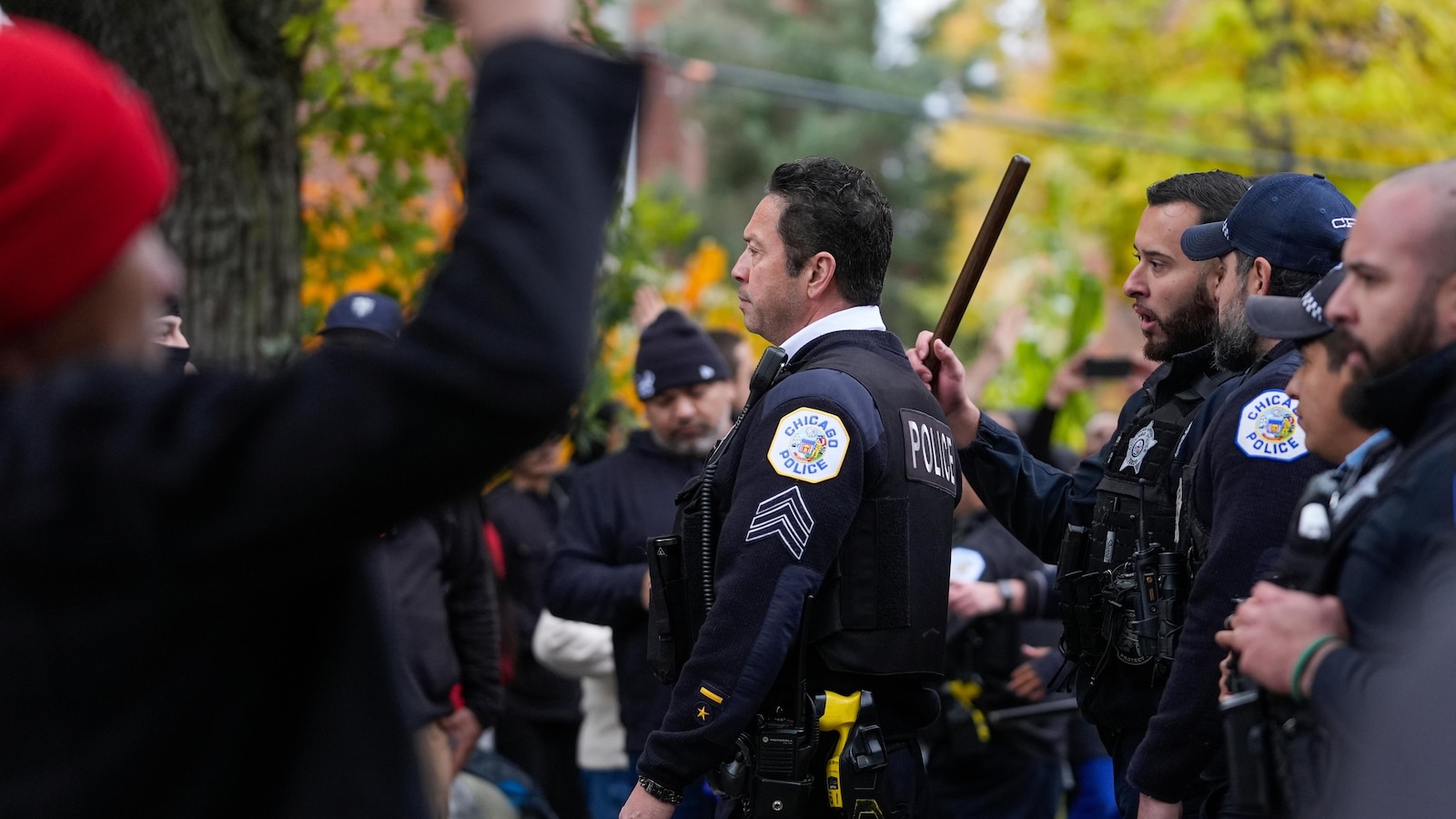Supreme Court's temporary ruling puts SNAP benefits in Pa. and NJ in limbo

A Supreme Court ruling allowing the Trump administration to withhold full payments for the Supplemental Nutrition Assistance Program (SNAP) has left beneficiaries and state officials in our region unsure of what the decision’s impact will be amid the government shutdown.
Both Pennsylvania and New Jersey began processing full November payments to their residents registered for the program on Friday, Nov. 7, before Supreme Court Justice Ketanji Brown Jackson issued a temporary pause of a lower court’s ruling forcing the full payments to go out.
On Friday night, Jackson temporarily paused that judicial order to allow time for an appeals court to decide whether to issue a more lasting halt. Jackson acted because she handles emergency matters from Massachusetts.
Officials from Gov. Josh Shapiro’s administration said the people in Pennsylvania who have received the benefits are able to spend them and they are working on how to get SNAP payments to people who have not yet received them.
It is unclear as of Saturday night how many people in Pennsylvania received SNAP payments before the ruling caused a pause in processing.
In New Jersey, officials said the benefits already given out are available and accessible, but it was unclear if the U.S. Department of Agriculture was going to allow the state’s vendor to draw down money to pay for the benefits that were expended or if the USDA will cut off the remaining benefits.
Around 2 million people in Pennsylvania and 800,000 people in New Jersey receive SNAP on a monthly basis. Around 100,000 people also receive SNAP in Delaware, but the state’s governor, Matt Meyer, has declared a state of emergency to allow him to find state money to fund SNAP benefits on a week-by-week basis.
The Trump administration initially said last month that it would not fund SNAP benefits for November because of the U.S. government shutdown. The twists and turns since have exacerbated uncertainty for the nearly 1 in 8 Americans who receive monthly SNAP benefits to spend at grocery stores and farmer’s markets.
How are SNAP recipients faring?
Nearly 42 million Americans receive SNAP benefits, formerly known as food stamps, for help buying groceries. Most have incomes below the poverty line, which is about $32,000 for a family of four.
An individual can receive a monthly maximum food benefit of nearly $300 and a family of four up to nearly $1,000, although many receive less than that under a formula that takes into consideration their income.
The delay in payments has led to a surge in demand at food banks and pantries across the country, as well as long lines for free meals or drive-thru giveaways.
Some states have provided emergency funding to food banks to help them respond to the increased need. Some states also used their own dollars to fund direct payments to people while the federal benefits were in limbo.
The City of Philadelphia said on Nov. 1 it is allocating $7 million to help the 500,000 city residents who rely on SNAP benefits, with an additional $6 million from philanthropy and $1 million from the Commonwealth going towards helping provide food for people during the government shutdown.
Over the weekend, some SNAP recipients took to social media to ask for advice on how to stretch their benefits, with some reporting they received far more than they are owed and others getting just a few dollars.
North Carolina’s Health and Human Services Secretary Dev Sangvai acknowledged that more than 190,000 households there received just $16 or less, after the state paused the full payment of benefits following the Supreme Court’s order.
Where have people already received benefits?
Whether SNAP beneficiaries see money on their electronic benefits transfer cards depends on where they live.
In Hawaii, Oregon and Wisconsin, officials worked quickly after a judge ordered full benefit payments Thursday to instruct their EBT providers to process the full payments.
“We moved with haste once we verified everything,” Joseph Campos II, deputy director of Hawaii’s Department of Human Services, told The Associated Press.
Oregon Gov. Tina Kotek, a Democrat, said state employees “worked through the night” to issue full November benefits “to make sure every Oregon family relying on SNAP could buy groceries” over the weekend.
Officials in California, Kansas and Washington also confirmed that some SNAP recipients were issued their full November payments on Friday.
Washington Gov. Bob Ferguson, a Democrat, said more than 250,00 households that missed their regular monthly SNAP payment during the first week of November received their full amount on Friday. The remaining beneficiaries would receive their November funds on their regularly scheduled dates later this month — if distribution does not remain blocked by legal challenges.
Officials in Colorado confirmed Saturday that about 32,000 recipients there had received their full monthly benefits before the Supreme Court’s order came down. More than 560,000 additional recipients are still waiting.
Colorado Democratic Gov. Jared Polis said he was “baffled” by the Trump administration’s efforts to continue blocking the food aid, with the prolonged back-and-forth legal fight “creating chaos among states.”
Massachusetts Democratic Gov. Maura Healey said half a million recipients in her state also got their benefits, after a previously scheduled payment went out Saturday morning. A half a million more residents there are supposed to get their benefits next week.
The Trump administration said in a legal filing with the Supreme Court that “there is no ready mechanism for the government to recover those funds” that already have been distributed.
How long might residents elsewhere wait?
Before Jackson ordered a pause, New York had said access to full SNAP benefits should begin by Sunday. New Hampshire had said full benefits should be available over the weekend. Inquiries to those states were not immediately returned Saturday.
And Arizona, Connecticut and Minnesota all had said that full SNAP benefits should be accessible in the coming days.
Whether people actually will receive those benefits on their EBT cards remains unclear.
For people in some other states, the wait appears likely to extend into next week. Numerous state officials said they had been waiting for further guidance from the U.S. Department of Agriculture, which administers SNAP.
What has been holding up November benefits?
Because of the federal government shutdown, the Trump administration originally had said SNAP benefits would not be available in November. After two judges ruled the administration could not skip November’s benefits entirely, the administration said it would use an emergency reserve fund containing more than $4.6 billion to provide partial benefits in November.
A judge on Thursday said that wasn’t good enough, and ordered other funds to be used to make the full monthly payment. The Trump administration appealed, asking a higher court to suspend any orders that require it to spend more money than is available in the contingency fund. That is what led to Jackson’s temporary hold issued late Friday.
___
Associated Press reporters from across the U.S. contributed to this report.








